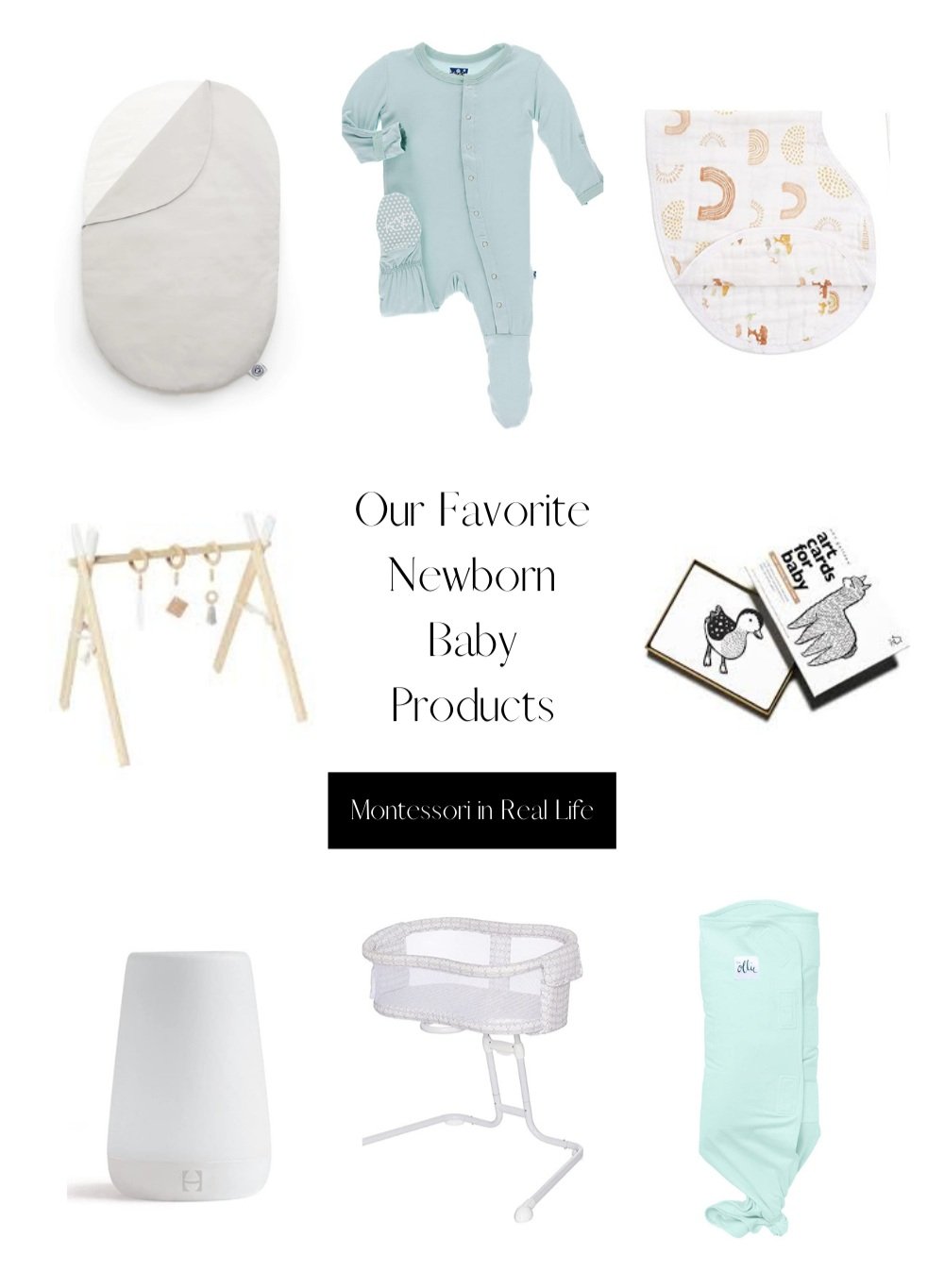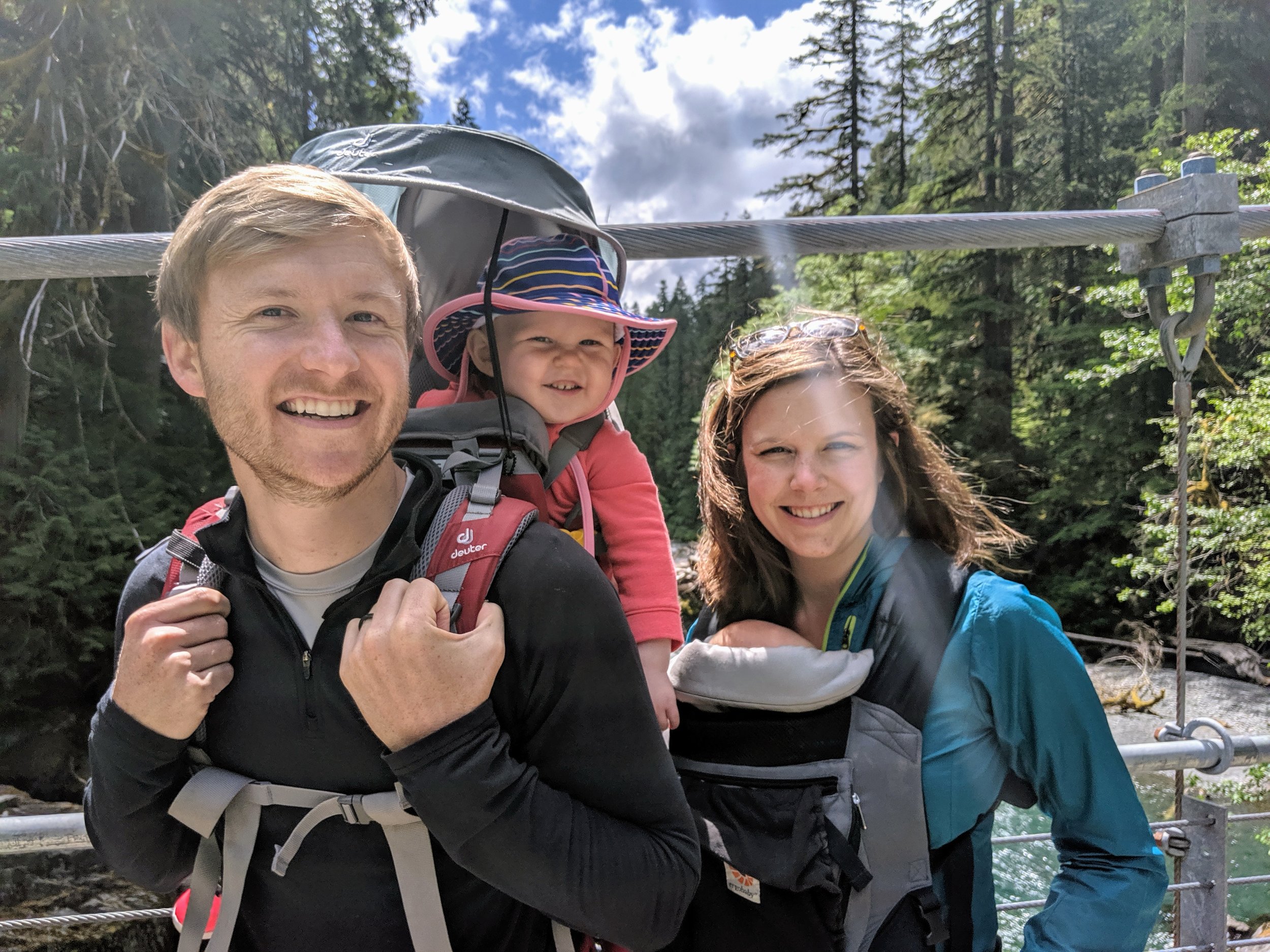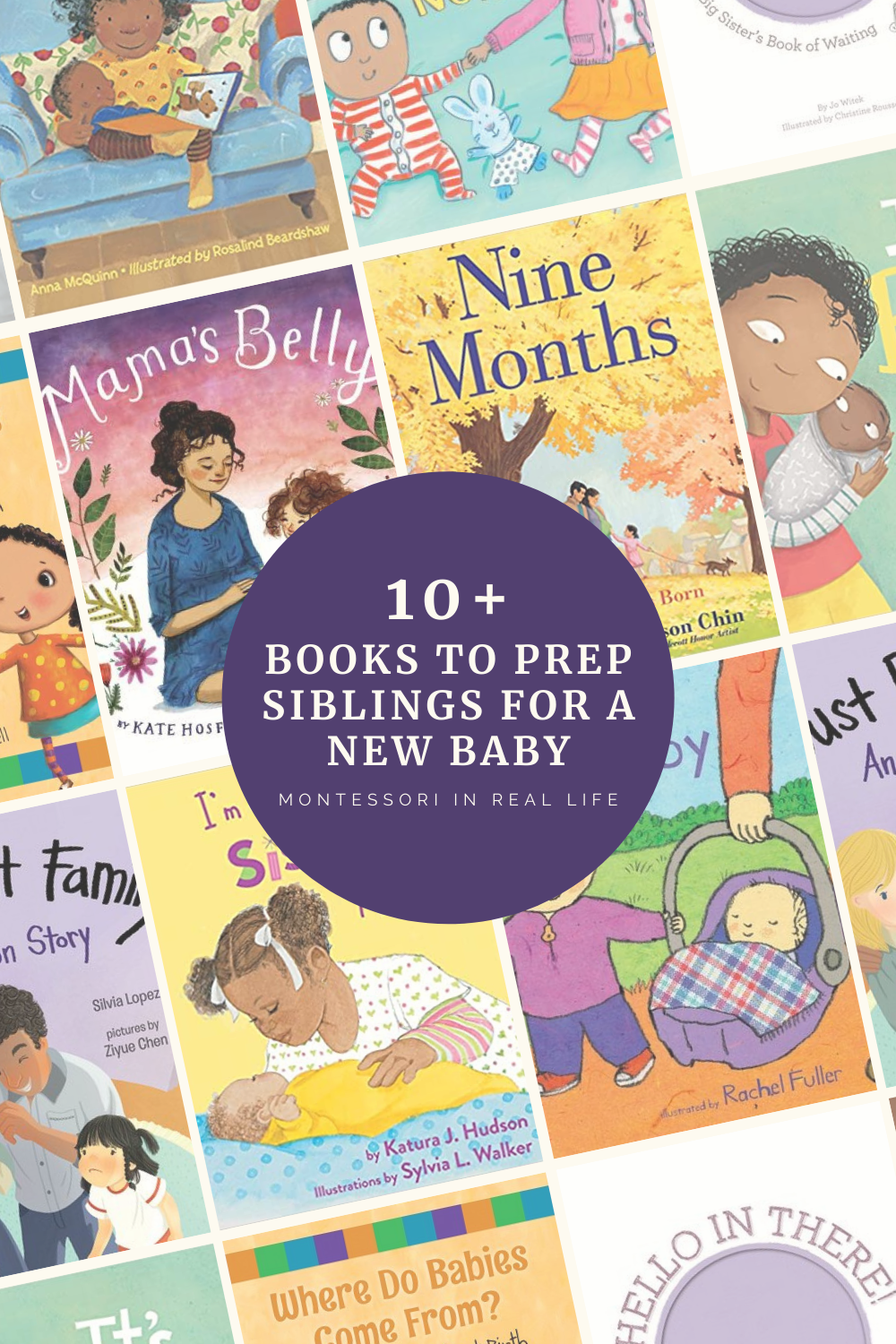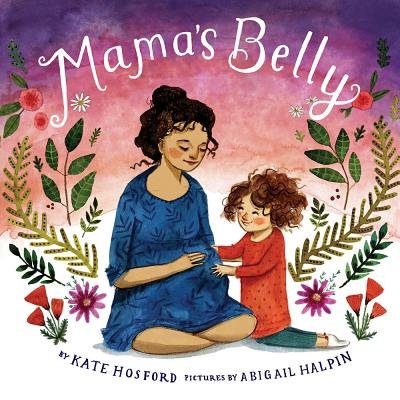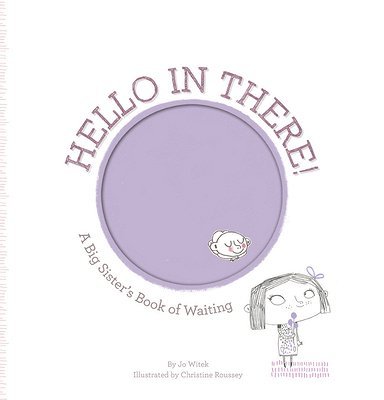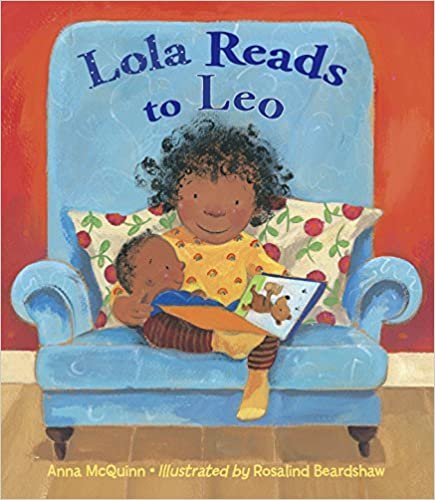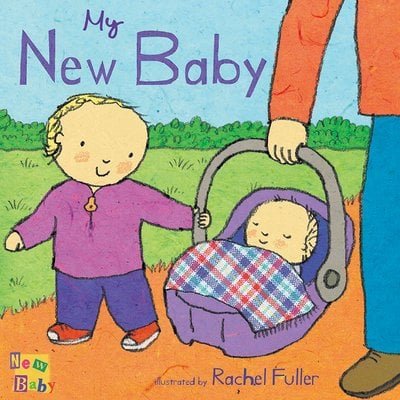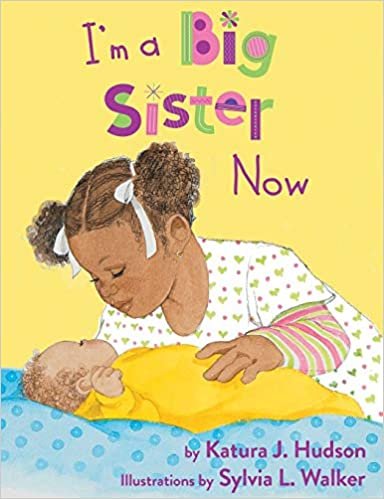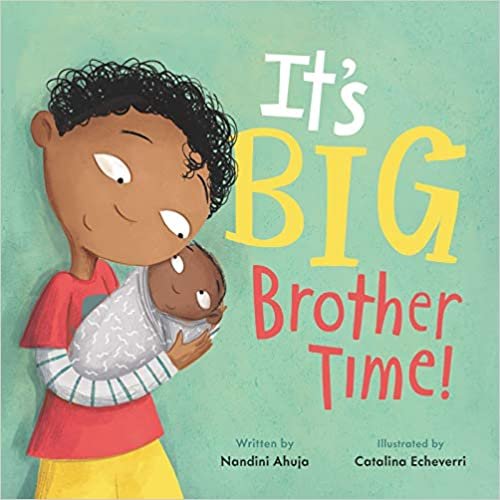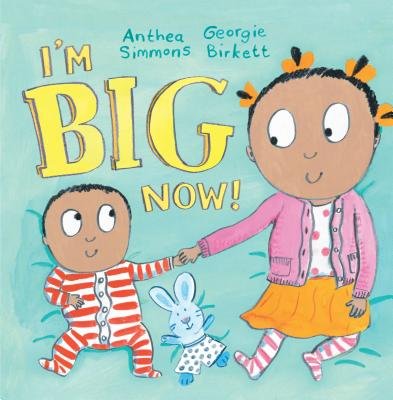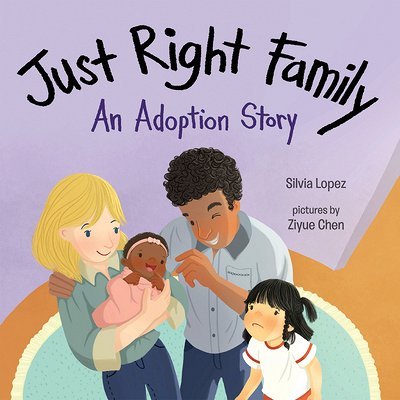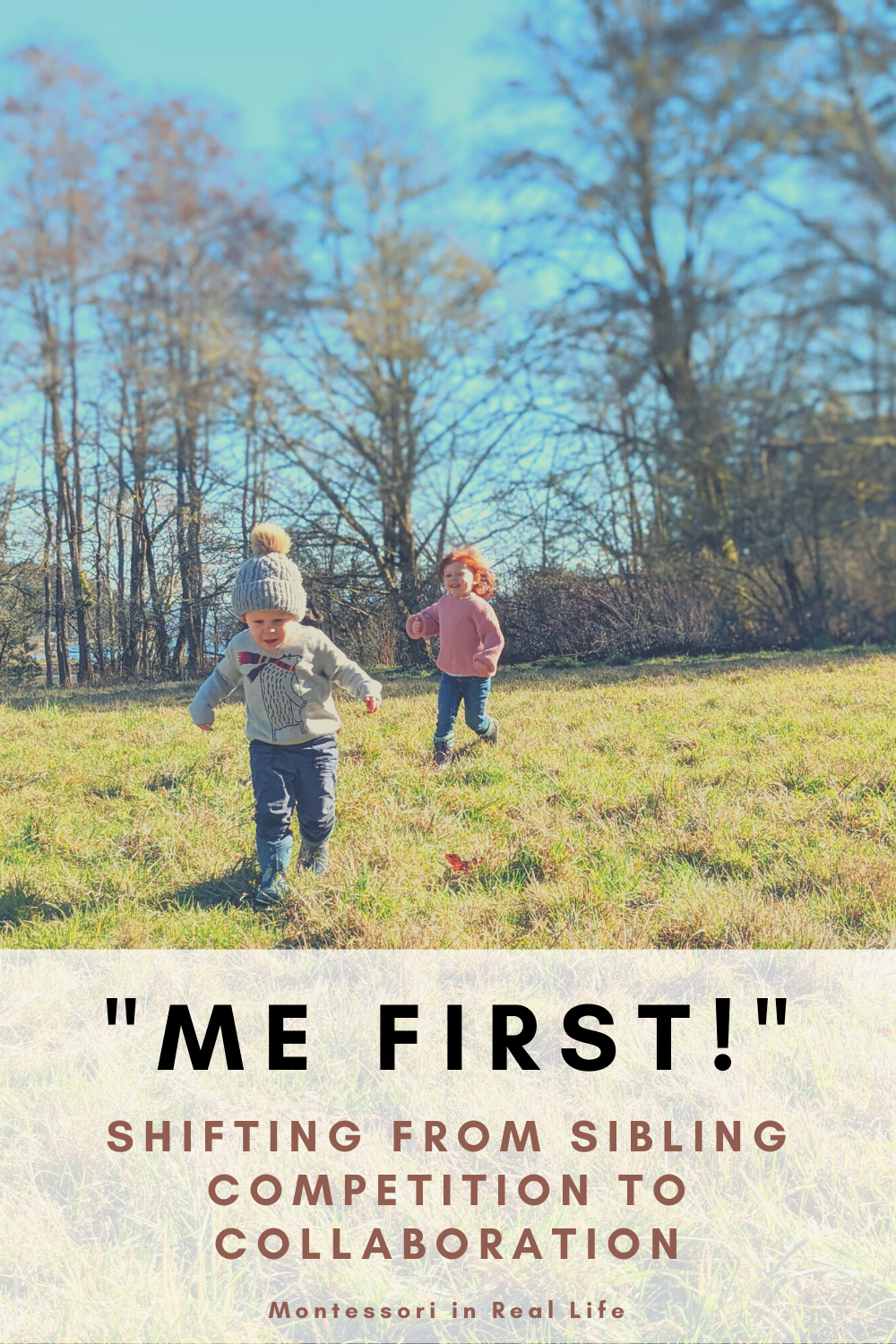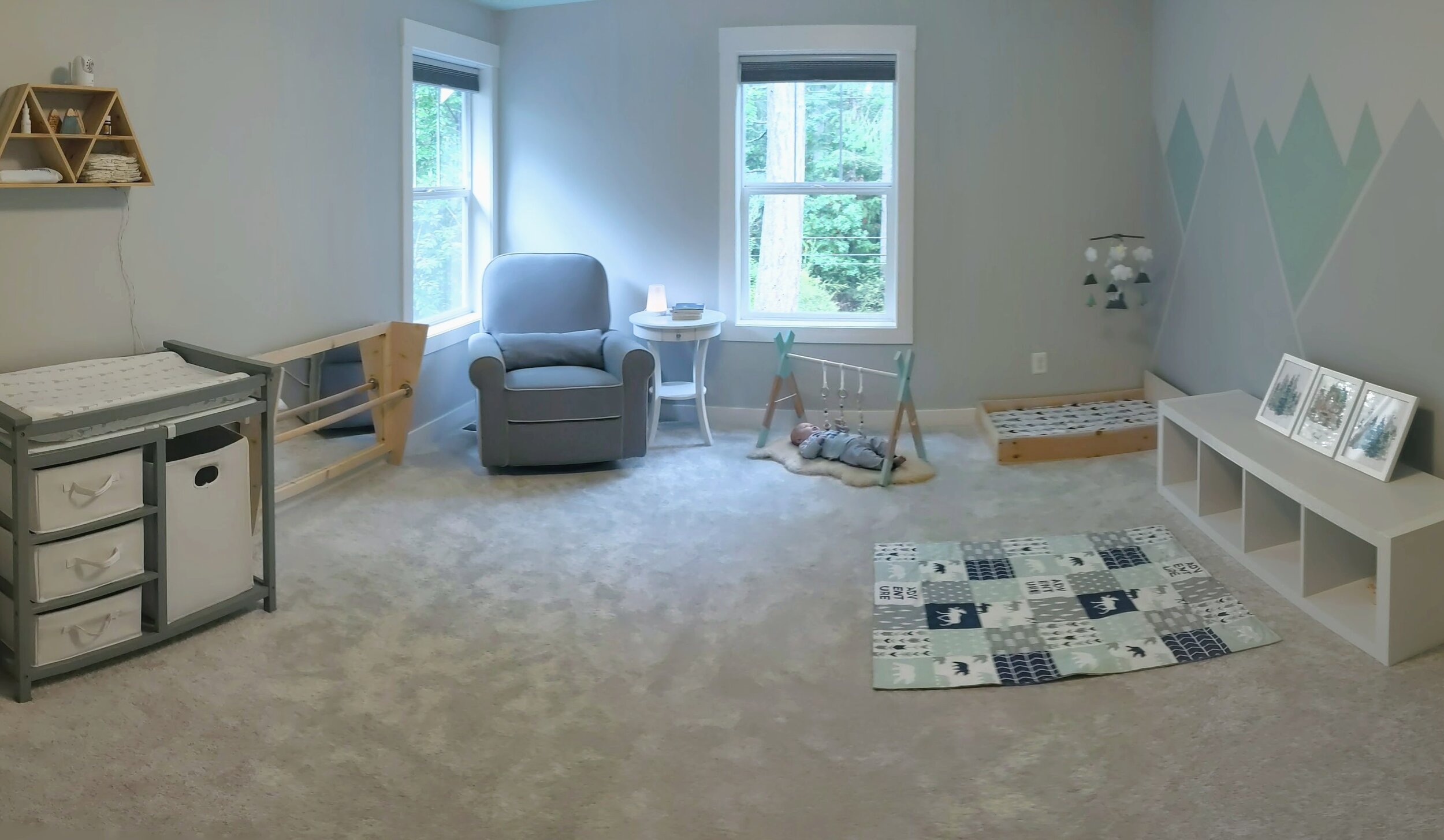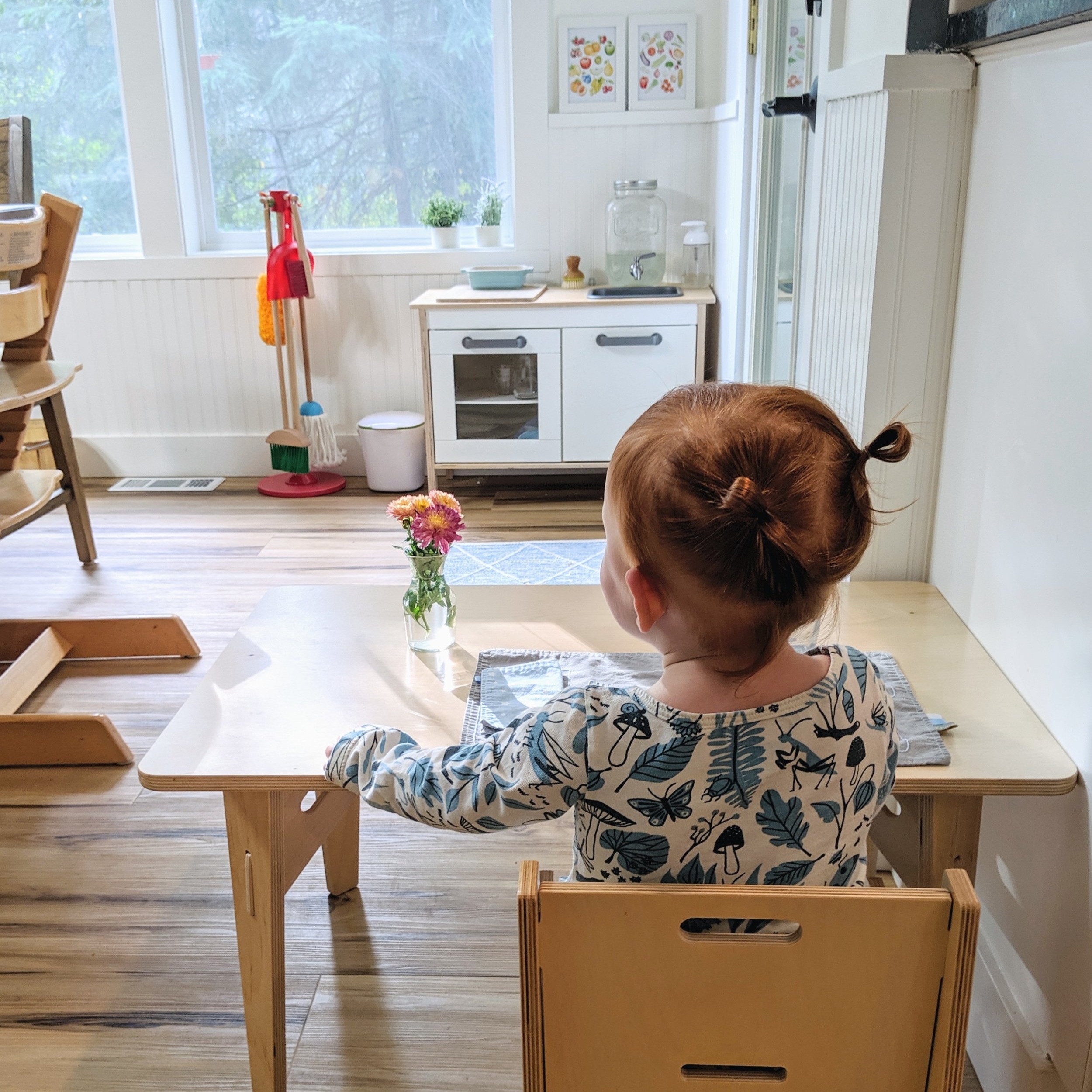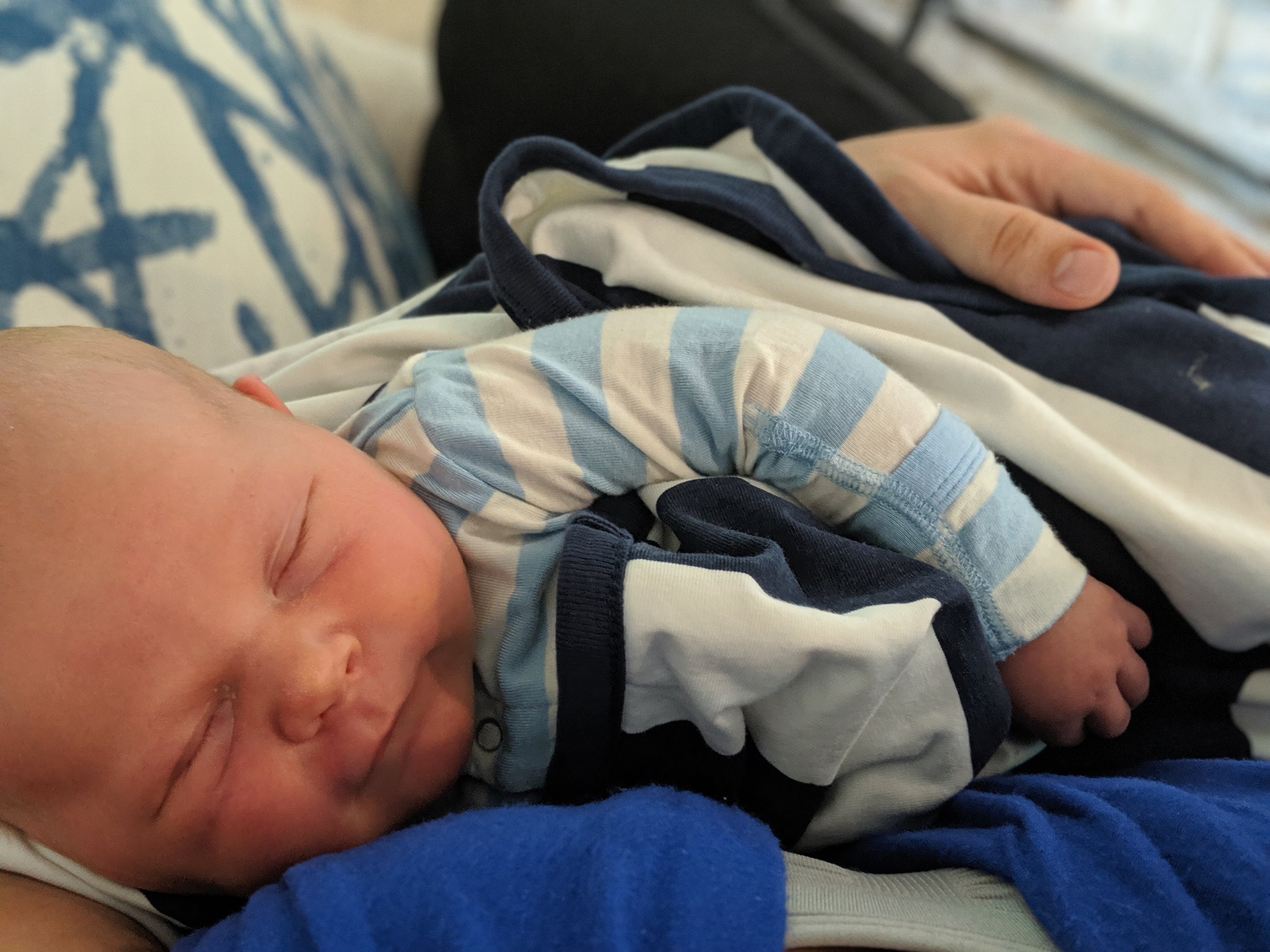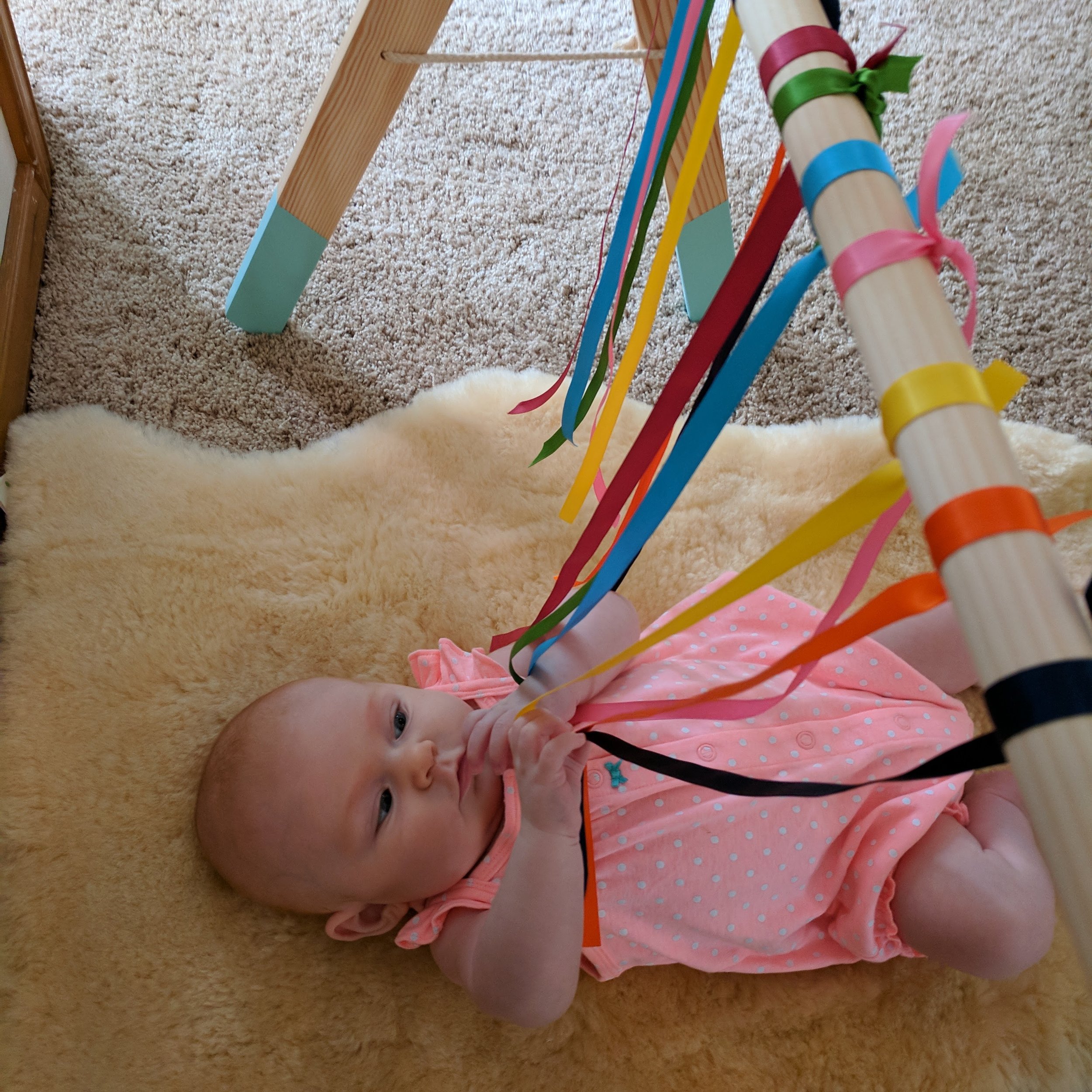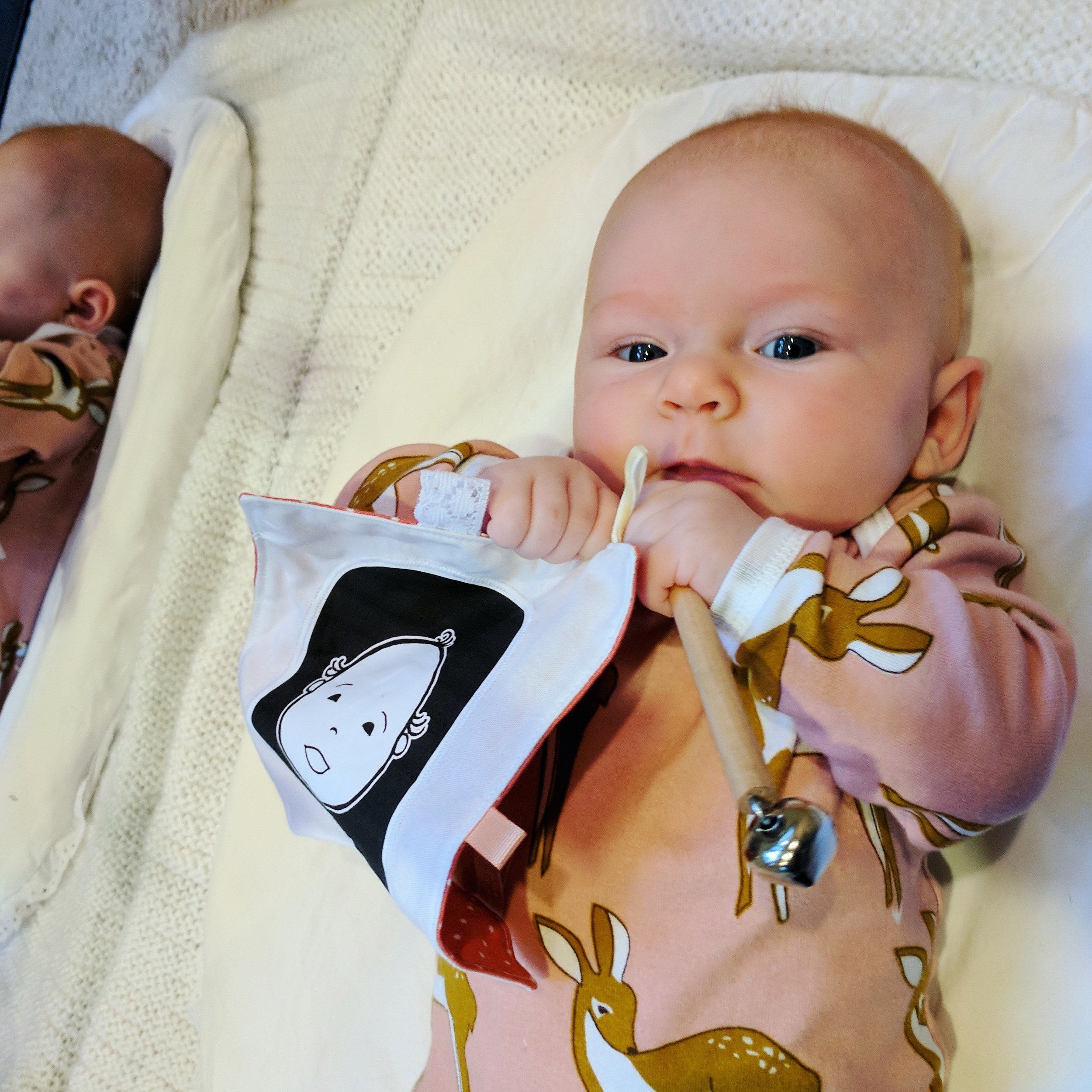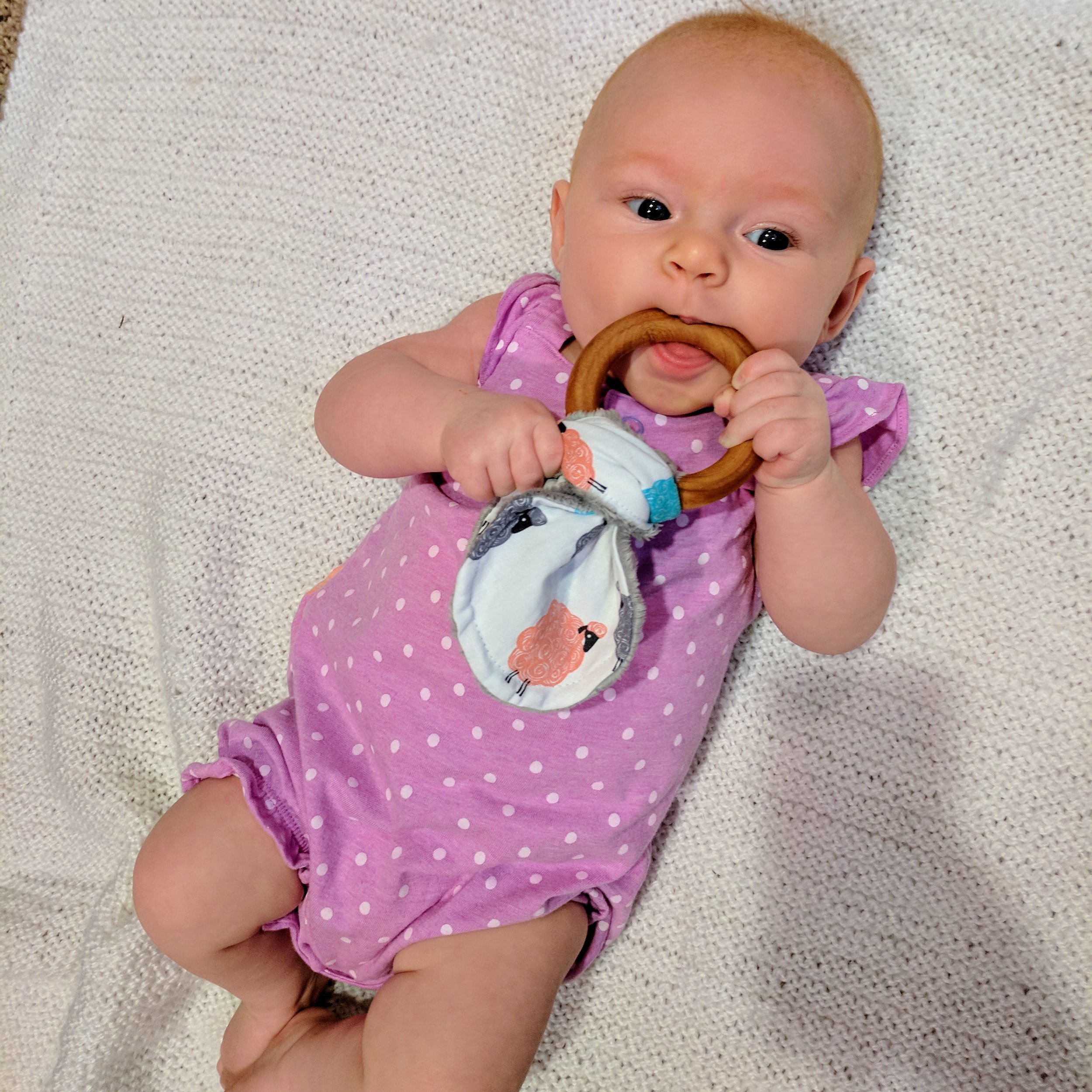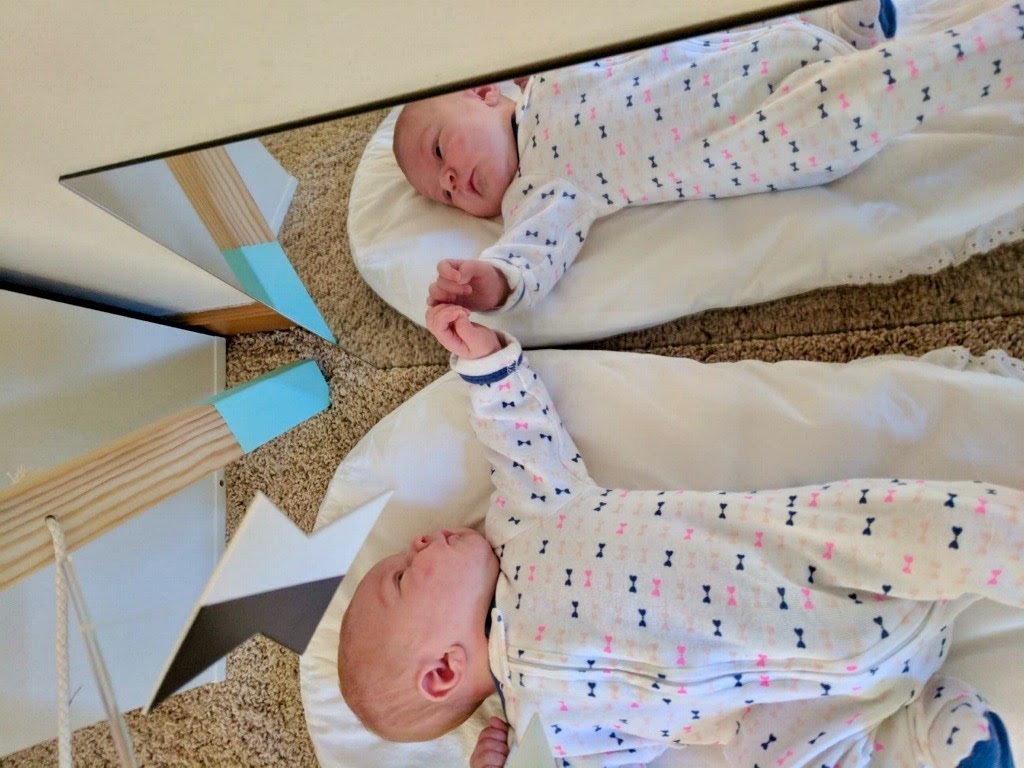Our Favorite Newborn Baby Products (Updated 2022)
Montessori in Real Life
Though I usually cover Montessori topics only, I also get lots of questions about favorite baby products beyond Montessori materials. Here is a roundup of my favorite products for the early days with a baby. By no means would I call these “essentials”, but they have been very useful with each of our babies and I am looking forward to bringing them back out for this next baby due in May!
K’tan carrier - This was my most used item with both D and S in the first few months. I find this carrier really easy to use and wear, and love the various wearing options it provides for your baby’s different stages. I put S in this carrier when we are out and about, and at home when I need two hands and he doesn’t want to rest in his bassinet or on the floor. He is content being close to me, and I love the snuggles!
Ergo carrier - Though I primarily use the K’tan in the newborn phase, this is our favorite carrier for hiking or longer walks. It fits both my husband and I well. It’s extremely comfortable and distributes the weight evenly across your body. We used it from birth with the newborn insert, and it got even more use in later infancy and toddlerhood.
Halo Bassinet - I found with both babies nursing through the night, it was easiest to have them sleep right next to our bed in a bedside bassinet. I liked that they could sleep right next to me, but without fear of pillows/rolling into me. The halo is great because of it’s see-through mesh sides and adjustable height. I kept each child in a bassinet in our room until they transitioned to floor beds in their own rooms around 6 months.
Ollie swaddle - We tried so many swaddles with D, but used this one from the start with S and it’s by far my favorite. It’s worth the cost because unlike others, one size fits all. It is super easy to put on, and it doesn’t ride up over their mouth. You can also secure it under their armpits so they can have free arms and hands too, while still feeling snug and swaddled. While newborns do not need to be swaddled, both D and S slept so much better at night when swaddled those first few weeks.
Topponcino - This is another item we used multiple times a day with each baby, to rest on and gaze at their mobiles from. When they lie on his back here, they are completely unrestricted in their movements. They are also free to stretch their arms and legs, suck on their fingers, and turn their head side to side. The topponcino also provided a safe way for D to hold S in her lap. S also took some short naps here!
Mobiles - Mobiles are the first Montessori material we introduce and were enjoyed by both our babies from 2 weeks on. These mobiles encourage visual tracking and focus without overstimulation. These mobiles are purely visual, but once our babies were reaching out, we attached ribbons, bells, and other tactile mobiles to this wooden play gym.
Boppy - This definitely makes nursing more comfortable, and my posture is better when using it. Though I’ll be honest, I use it much less with S because I was often nursing him on the go with a toddler running around! When supervised, I occasionally used the Boppy for an extra cushion when they were alert but fussy on their back, or for assisted tummy time. The black and white high contrast cards pictured are another favorite, as infants’ color vision is still developing.
UppaBaby stroller - This was one of our most appreciated gifts when S was born. There are so many customizations to this stroller, but our favorite was the toddler (rumble) seat with bassinet below. You can also easily pop in our UppaBaby carseat. It is perfect for outings and walks to the park and in the city, when the diaper bag is full and I need a break from wearing baby. This time around, with bigger kids, we are trying the Thule double stroller which also comes with a bassinet option.
Hatch sound machine/nightlight - We used these from infancy on with both kids. It functions as both a noise machine and a nightlight, as well as a time-to-rise toddler clock. You can adjust brightness, sound type, volume, and color from your phone, which has proved useful on many occasions!
Travel sound machine - We used this portable sound machine when we were on the go and it really helped with sleep when your baby (like ours) sleeps best with white noise. It can also play lullaby music.
Como Tomo bottles - With both babies, it was nice to have the freedom to pump and give a bottle from time to time (and for my husband to be able to feed him). These are by far my favorite bottle for new babies, as they mimic a breast in shape and feel. Both D and S preferred these bottles to any others.
Aden & Anais burpy bibs - You can never have too many burp cloths, and these are some the best. Not only are they super soft and come in fun patterns, but they can later be used as a wrap-around bib when baby starts solids! I also love Aden & Anais swaddle blankets.
Magnetic Me Footies - In terms of clothing, these are hands-down the best for quick changes. I especially love them for nighttime diaper changes. No snaps, no zippers, just magnets. Such a great invention!
Kickee Footies - These are my favorite comfy PJs - made from bamboo and oh-so-soft. The kids wore Kickee pajamas all through infancy and toddlerhood. They are nice and thin for summertime too, and come in really fun patterns and colors! They are available with footies or without, and with zippers or snaps.
Newborn Gowns - Lastly, these are my third favorite option for nighttime. Gowns make diaper changes a breeze! The brand Monica and Andy also make super-soft gowns, like the scooter one S is wearing below.
Note: This post contains affiliate links. If you purchase a product through one of these links, you won’t pay anything extra, but I will get a small commission, which helps keep this blog going. Thanks for supporting Montessori in Real Life!
